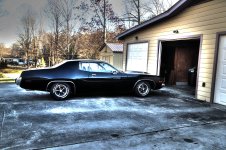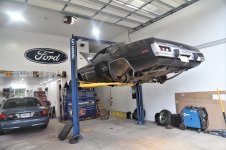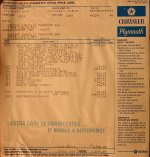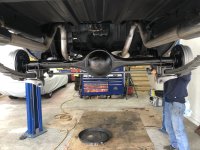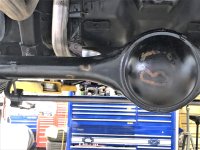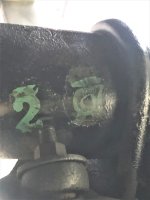Coppermine
Member
The continuation of 1973 Plymouth Roadrunner from first posting page. It was sold new to a woman in Tacooca, Georgia. She drove it 99,000 miles and parked it in 2002. A repair man helping her with a home remodel spotted it and he took it home in 2008. He put another 2,200 miles on it with the odometer showing 2,500 miles. He then parked it. It was moved to a small Museum in Clarksville, Georgia several years back with no change in miles on the odometer. I visited the museum for a while and eventually became a volunteer and then a contributor to the Miles Through Time Museum. The more I looked at the car the more I liked it. One` day while talking to a man in the local car club he mentioned that he restored muscle cars for a living. We started a conversation about this car and reached an agreement about the cost and how decisions would be made if he was given the job. One day he told me that he had an opening in his schedule and if I wanted to do the restoration, he had no other jobs in the way. I bought the car and the restoration started February, 2022. I hope a picture follows here.
